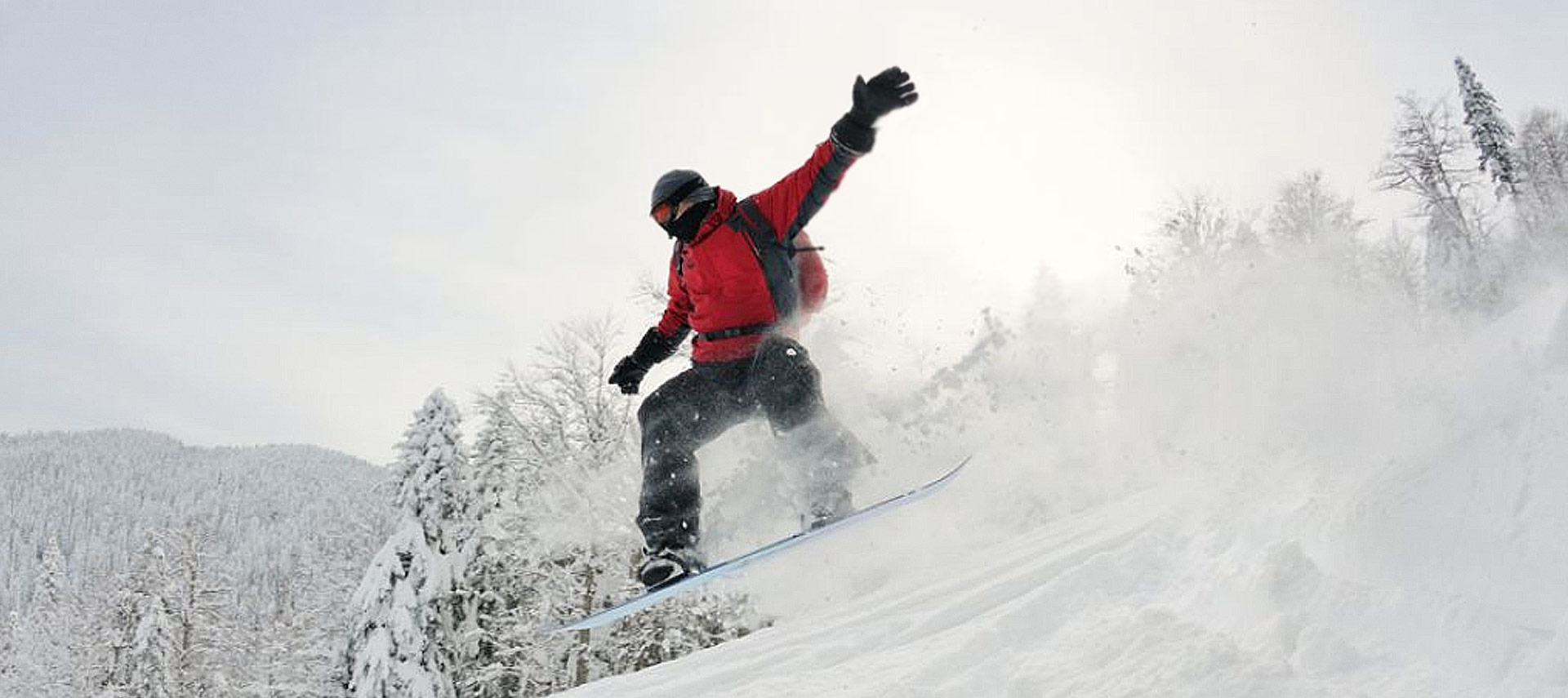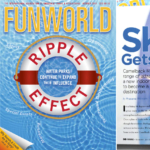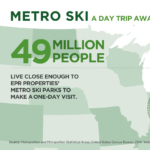Metro ski parks are easily accessible and affordable.
Skiing has been a popular recreational sport in America for more than 150 years. During the past two decades, the ski industry has seen an evolution, helped by the introduction and rise in popularity of snowboarding. According to the National Ski Areas Association (NSAA), skiers and snowboarders combined to hit the slopes over 56 million times during the 2012-13 season.
Enter metropolitan ski parks, a concept that makes snowsports a more local, everyday entertainment option. Metro ski parks have minimized the expense, time and travel committments previously associated with a ski trip and are capitalizing on an industry with a history of success.
An Alternative to Destination Resorts
While the traditional resort-style ski destinations have adjusted over the course of time to keep up with emerging trends by offering features such as snowboarding and tubing, the practical issues of time and money can be barriers for many consumers.
Metro ski parks are built specifically with snowboarding, shorter ski runs and tubing hills in mind. They are daily accessible for millions of consumers in the U.S., meaning more school groups, company outings, and families can make a trip in a day or over a weekend. Instead of one big family vacation, families are able to purchase an annual passes for the metro ski option, increasing visit frequency and customer loyalty.
Taming Mother Nature
The ski industry is big business. The NSAA reported $7.1 billion in direct spending at U.S. Resorts in 2012/2013. The industry faces two challenges: moisture (snow) and ambient temperature. As technology evolves, new methods of combating these elements arise.
Metro daily ski properties have addressed the moisture issue with full snow-making capability. By making snow possible throughout the season, operators have limited the largest fundamental challenge to the sport. Snow-making also means property operators can extend the season by at least a few weeks annually.
Ambient temperature then becomes the most limiting natural factor. By looking at historical patterns, ambient temperature is easier to model than moisture. By investing in well-researched locations, the weather variable can be minimized and the ski season can be extended even further.
Remaining Affordable
Affordability is a top competitive advantage for metro ski parks. Generally, these parks may have a price point of one-half the price of a traditional ski resort.
The family outing is a key market for metro ski parks. Families who want to ski or snowboard are provided a much more affordable option. Traditional resorts can cost from $125-$175 a day for each family member while metro ski parks offer a cost closer to $60 a day. And due to accessibility, lodging becomes non-essential.
Extending Amenities
The opportunity to extend usage goes beyond weather and moisture. Most of the metro daily ski properties now feature lights to make night skiing possible.
Now, what used to be an eight-hour window now stretches to 12 hours and beyond. Occasional weekend ski sessions last until 2 a.m. and draw crowds of adult skiers looking to the slopes as a late-night entertainment option.
Property operators have focused resources on the snowboarding population who have less need for vertical drop. That segment of ski park visitors care more about terrain parks, obstacles (like pipes) than they do tall mountains of snow. It’s a positive development for metro daily ski parks, because those types of facilities are simply built and can be introduced in a different way each season.
The desire to make the most of the resources available at a metro ski park have also expanded to tubing hills. Tubing hills are a main attraction at metro daily ski creating a draw beyond skiing and snowboarding. Each year, those hills are built up using the snowmaking machines, and require no permanent restructuring of the parks.
Sources
SIA Snow Sports Fact Sheet. National Ski Areas Association. 2013. Web. Nov. 18. 2013.
2012-13 Was a Surprisingly Good Year. Ski Area Management. 2014. Web. Jan. 14. 2014.
Participation Report. Physical Activity Council. 2012. Web. Oct. 14. 2013.






